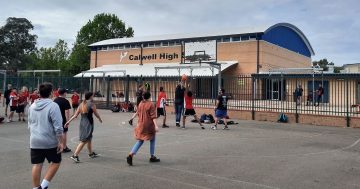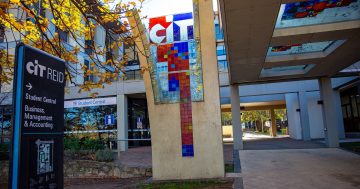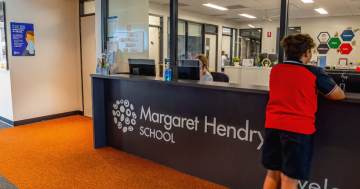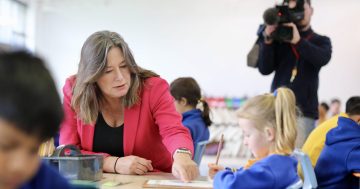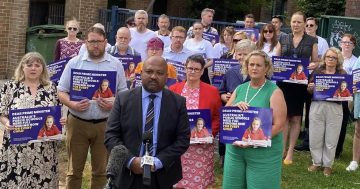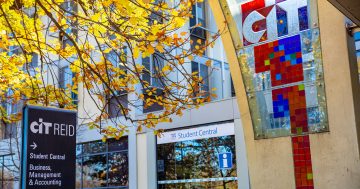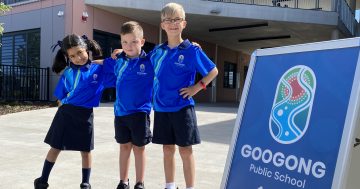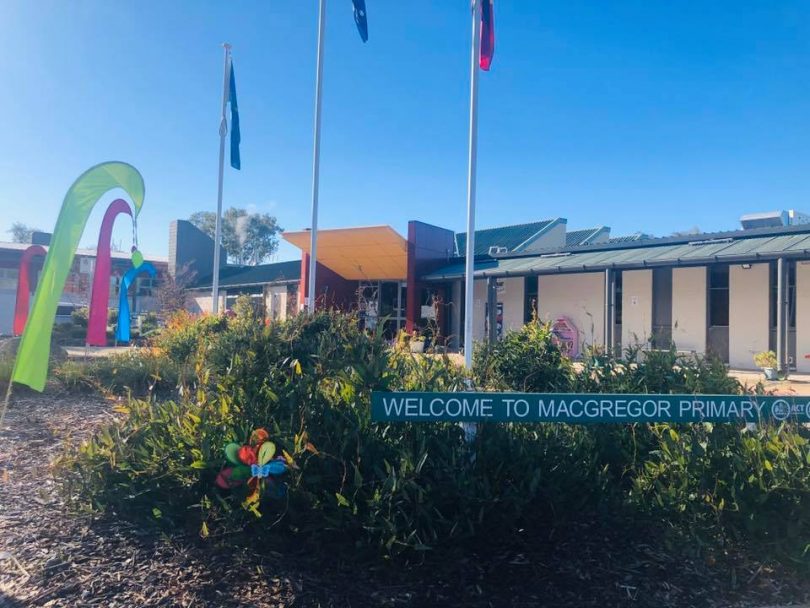
A large cohort of primary school students at Macgregor Primary School will return to remote learning this week after staff shortages made it untenable for them to remain on campus. Photo: Macgregor Primary School.
A large cohort of students from Macgregor Primary School in Canberra’s north has returned to remote learning arrangements today (31 March) after teacher shortages made it impossible for the school to run its usual programs.
In an email sent to all parents yesterday afternoon, school principal Belinda Andrews said in recent weeks the school had experienced “limited teacher availability, primarily due to staff isolating with COVID-19 or as household contacts”.
Year 4, 5, and 6 students will learn from home until next Friday, 8 April, when it’s “anticipated” they can return to campus.
During this time, face-to-face lessons will continue as normal for all preschool and kindergarten to year 3 students.
Children of essential workers and vulnerable children will still be able to attend school and be supervised while accessing the same remote learning program.
“Where possible, we encourage you to support your child to access their remote learning from home,” Ms Andrews said in her email.
“Your patience and kindness is appreciated.”
Macgregor School is the first ACT school to turn to remote learning under level three of the Education Directorate’s staffing shortage management plan for this year.
According to the plan, level one shortages can be dealt with using casual staff and existing staff members. Under level two, schools have access to a centrally managed pool of casual staff.
Level three staff shortages mean a temporary transition to remote learning for part of the school, while level four sends an entire school into remote learning.
The teachers’ union said it’s unlikely Macgregor Primary will be the last Canberra school to move to this arrangement, particularly in the lead-up to the colder months as a surge of COVID-19 cases and flu infections is expected.
Australian Education Union ACT branch secretary Patrick Judge said the union was satisfied the right decision had been made under the circumstances.
“Our members are telling us that they’re under increasing pressure with staff absences which we’re expecting to potentially get worse over the next term,” he said.
Last week, two public high schools in Queanbeyan turned to remote learning after many teachers were forced into isolation as positive COVID-19 cases or as close contacts of one.
However, this decision was reversed by the state’s Department of Education, angering teachers from both Queanbeyan and Karabar high schools who went on strike and have threatened further industrial action if the NSW Government does not address these issues.
This morning, Minister for Education Yvette Berry said staff shortages had been planned for and anticipated since the beginning of the year and there is no “magic supply of teachers” to fill shortages.
COVID-19 has exacerbated staffing gaps that already existed at a national and local level.
Earlier this week, Mr Judge told an ACT Legislative Assembly committee inquiry that some teachers were “scared” when they found themselves in situations where classes were combined, and they had sole responsibility for 60 high-school students at one time.
“We continue to receive reports of there being insufficient staff to replace teachers who are absent, of classes having to be split and collapsed, of single teachers dealing with 50 or 60 students at a time,” Mr Judge told the hearing.
He said that a task force has been set up to address teacher shortages in the ACT, but it had run into “challenges”.
School COVID-19 infections have remained high in recent weeks with just over 1500 cases reported in ACT schools in each of the last two weeks.












